🔗 How to Reach 100 Million Through Collective Impact
Piramal Foundation accelerates health & education outcomes with government leaders in India, the world's largest country.
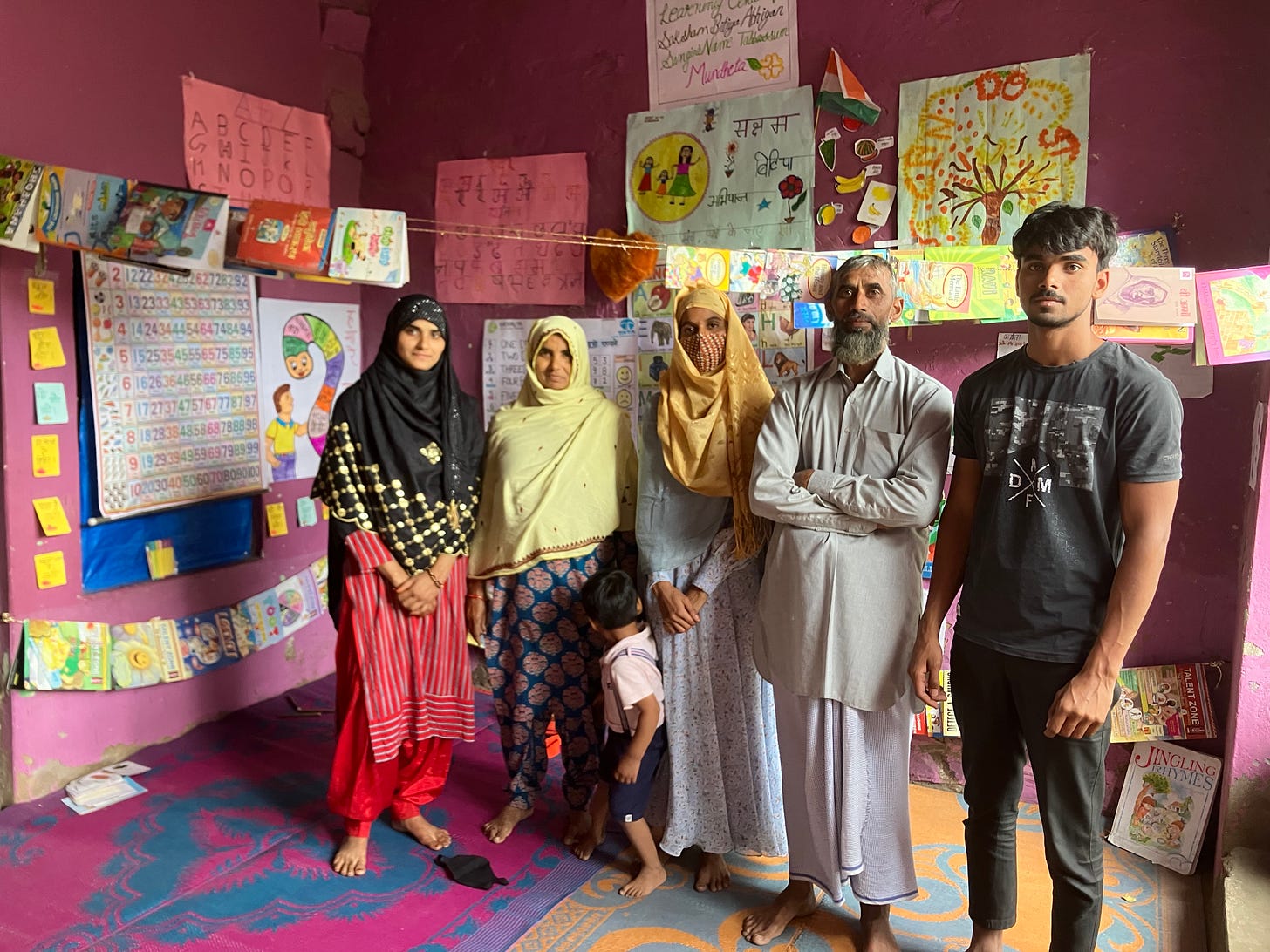
Our taxi left the cacophony of Delhi highways and turned onto smaller streets in Nuh district. We passed by fields of mustard and wheat, with homes covered in geometric designs made of mud and cow dung. Smoke drifted from chimneys above ovens firing bricks, alongside thousands in rows laid to dry.
Suddenly, Tabbasum Bano opened a door and welcomed us into her home’s courtyard. Children laughed next to colorful homemade teaching materials, on floors with comfortable woven mats. We were transported from the smoky fields outside, to a magical space of learning - an anganwadi (“courtyard shelter”) preschool.
This preschool is one of 74 in Nuh district led by Kaivalya Education Foundation and Piramal Foundation. It represents how Piramal is an orchestrator, knitting together wraparound services and interconnected issues - early childhood education, healthcare, gender, religion - to strengthen outcomes for children.
Social change leaders have discussed collective impact for over a decade (since the landmark 2011 SSIR feature on an education reform coalition in Ohio). Unfortunately, experts typically highlight examples from the United States. When a colleague introduced me to Piramal, I was excited to experience collective impact in India and visited their team in March last year. We can learn from 4 principles that guide Piramal’s work:
1. Decide to use your wealth for good, and go where there is the greatest need.
Piramal Foundation is part of a wave of Indian philanthropists committed to social impact (such as Central Square Foundation). It was started in 2006 by Ajay Piramal (India’s 56th wealthiest person), his wife Swati Piramal (who has degrees in medicine and public health), and their team from Piramal Group, which launched in 1984 and grew into one of India’s largest and most profitable conglomerates in pharmaceuticals and other areas. The Group’s philosophy is “doing well and doing good.”
Piramal Foundation is a massive non-profit with many partners, including Kaivalya Education Foundation. The preschool I visited is one example of how they work in some of the most marginalized areas of India. Although Nuh district is just a 2-hour drive from Delhi (India’s capital) and 1-hour from Gurugram (one of the top 5 tech hubs in Asia), it has extremely low rates of female education (the 2011 female literacy rate in Nuh was a shocking 36% (See Kumar et al section 7). In 2018, India’s central government think tank ranked Nuh as the most undeveloped district in India (out of 739). Nuh is the only Muslim-majority district in India’s Haryana state.
Bano’s story is remarkable because although it is unusual for Muslim women in her community to run a business or access higher education, she started the anganwadi in her family’s living room and she is studying for a Master’s in Sociology. (She told me that when her father supported her to do this, her neighbors criticized him.) Bano’s preschool enables learning, and it teaches Bano leadership skills. It is also a space where women and their children access regular support from community health workers paid by the government (ASHA and ANM staff keep records as children grow and screen for malnutrition and immunizations).
2. Leverage local assets that are already in the system, with an intersectional approach.
Piramal has 1,000 Gandhi Fellows in 26 of India’s 28 states, and dozens of large-scale programs to strengthen government hospitals and schools. Through Aspirational Bharat Collaborative (a partnership with the central government’s think tank to support 150 districts), Piramal recognized that to improve health and education outcomes, we need to strengthen a set of interacting services:
Prenatal maternal health
Water quality
Nutrition
Access to immunizations
Literacy/numeracy materials
School leadership
Coaches for teachers
The leaders who shape these issues - such as government leaders (in health clinics or schools, departments at the national or district level, or Ministries of education/health/women and children), NGO’s, religious groups, or local businesses with CSR initiatives - usually do not coordinate their efforts.
Like other place-based social change organizations (such as Harlem Children’s Zone in the US and Ubuntu Pathways in South Africa), Piramal solves this problem by bringing together actors in a geographic area, to strengthen health and education for children. When I observed a Piramal ‘Convergence Forum’, I sat around a table with village panchayat leaders (town council), heads of grassroots NGO’s, doctors who manage health clinics, Piramal staff, and Gandhi Fellows (a Piramal program that trains youth to lead). As one of the health activists told me, “Piramal Foundation plays the role of an umbrella.” They bring together all the key people who do not usually interact.
This enables Piramal to identify potential areas for collaboration and take action to fill a gap. For example, Piramal trains teachers in madrasa schools (preschools and primary schools linked to mosques). Although madrasas educate many children in Nuh, they do not receive much support on how to do so effectively. Principals and teachers in madrasa schools can be key to enable stronger education outcomes; for example, they can influence parents to delay marriage so that girls stay longer in school. When I sat in on a Piramal training, dozens of male teachers were paying close attention as they heard how to enable play-based learning through sports.
3. Strengthen government leaders at every level - from powerful national agencies to middle/lower tiers.
Piramal works with staff across India’s highly complex government bureaucracy. After Kaivalya (a Piramal partner) started to train school principals/headteachers in 2008, they realized that to truly change the system, they need to shape the ecosystem around the school leader and their teachers. Piramal trains, supports, or partners with:
NITI Aayog - the central government’s think tank shaping policy at the highest level.
State reform teams - because states hold power over service delivery.
District officials - to focus on goals (such as eliminating anemia or increasing Covid vaccinations).
Sub-district teams (block Cluster Resource Center, panchayat village council, anganwadi preschools, community health workers, primary schools).
The last mile of service delivery - Gandhi Fellows embedded in schools and hospitals.

One of these leaders is Kusum Malik, a District Foundational Literacy & Numeracy Coordinator who identifies needs at 120 primary schools and connects them to support. For example, her state (Haryana) gave all government teachers lesson plan guides and smartphones, to report student assessment data and access teacher training materials through YouTube. Malik follows up to troubleshoot issues with the schools and she ensures that staff follow through to observe lessons and strengthen teacher quality.
Piramal enables behind-the-scenes targeted assistance to ensure Malik is able to lead effectively. For example, she says, they share data from all of their partner schools and help her prepare talking points for her monthly presentation to the Deputy Commissioner. Gandhi Fellows also identify schools’ needs and feed that information back to her. Piramal helped create reading corner libraries in many classrooms. Malik stresses, “the most important thing about Piramal is that they are working in coordination and collaboration with the government, not separately.”
Malik is one example of the highly motivated leaders who do exist in government, if you search to find them. Even though reforms were already occurring at the state level, Piramal came in to fill a gap - supporting the lower layer of district leaders who oversee reform rollouts.
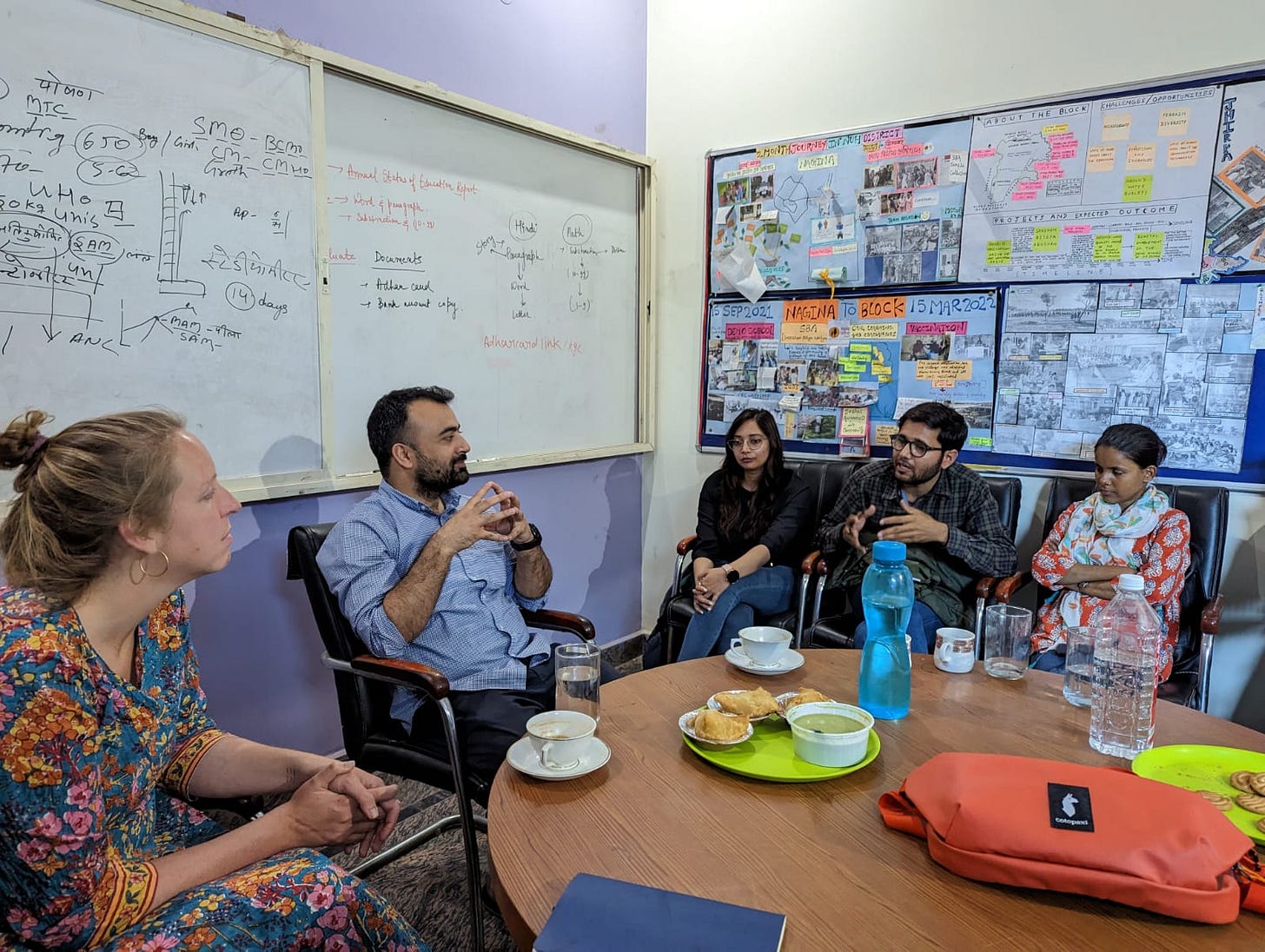
4. Build trust and work with leaders from many political parties.
India’s political landscape has become increasingly challenging for nonprofits, with regulations that restrict funding from foreign sources and revoke permits for criticizing the ruling party (the BJP). Increasingly, leaders who criticize the central government are arrested (for example, a Delhi education minister from an opposition party and journalists in Kashmir). According to the Council on Foreign Relations, anti-Muslim discrimination is rising in India, a majority Hindu country; for example, BJP leaders verbally attacked Muslims ahead of elections.
Despite this turmoil, Piramal managed to become a trusted partner to government leaders and local activists across the political and religious spectrum. India has over 28 states and 61 recognized political parties, which indicates just how many competing interests there are to manage. (The BJP rules 17 states and the central government.)
Piramal is well connected, with five “big bets” across areas such as health in tribal communities and digital transformation in government agencies. Manmohan Singh (a Co-Founder of Kaivalya Education Foundation, a Piramal partner), told me that through their support to 150 districts, they reach over 20% of India’s 1.4 billion people.
To reach this many people, Piramal needs to be a neutral partner and not associated with any one politician or party. They need to maintain a strong relationship with BJP leaders (the party that controls India’s central government think tank and tends to promote pro-Hindu policies), while also growing trust and collaboration with community activists and state/district leaders from the BJP and other political parties (including those that try to empower Muslim communities).
This is a tremendous challenge and a delicate balance, but Piramal has been able to build strong relationships with thousands of leaders in government, regardless of whether they are pro or anti-BJP, Hindu or Muslim. We see the ripple effects of Piramal’s work in leaders like Tabbasum Bano and her preschool, madrasa teachers, and Kusum Malik. Malik hopes that by the end of her 8-year term, “every child will be capable of reading the text with understanding.” Piramal is playing a critical role to help make this a reality for every child in India.
To Learn More:
2019 Harvard Business School case study of Piramal.
SSIR articles Kaivalya and other Indian nonprofits and lessons for scaling from Kaivalya.
2014 IIM Ahmedabad case study of Kaivalya.
This is part of my forthcoming book on methods to transform education systems. For more case studies, read about local philanthropists in India and South Africa, a movement for rural education and government-led reform in Brazil, or one of the world’s largest private school operators in Pakistan.



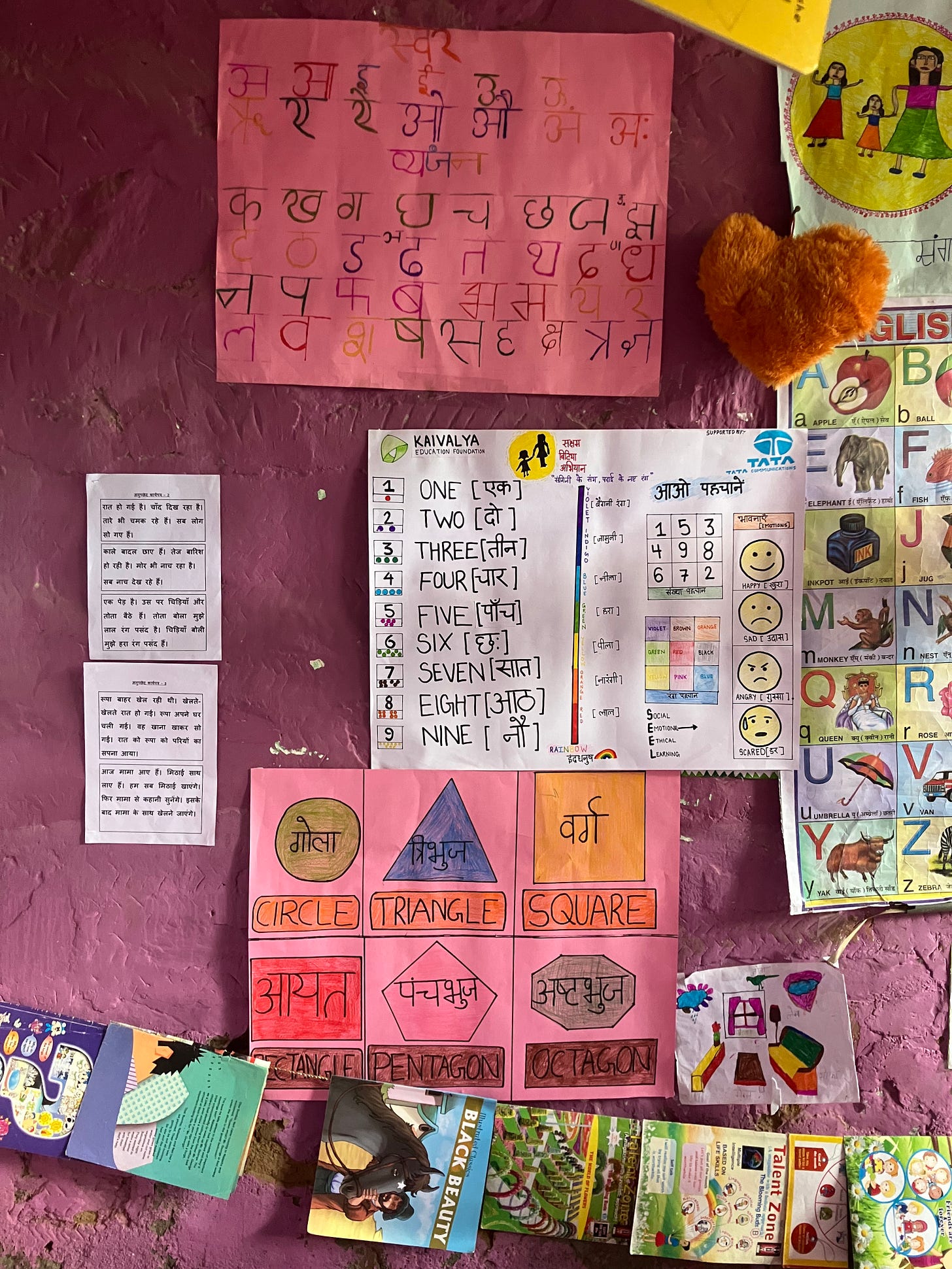
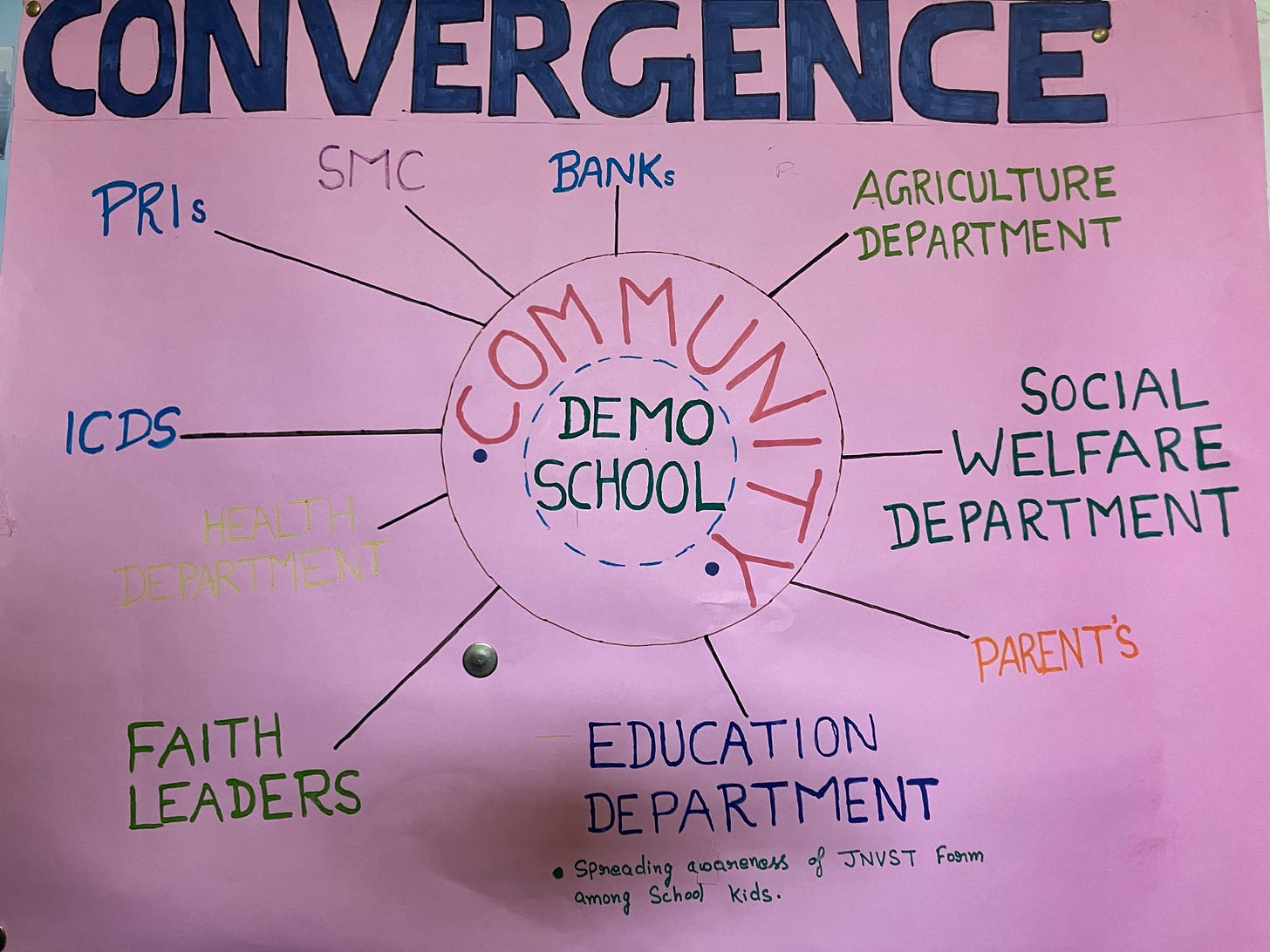
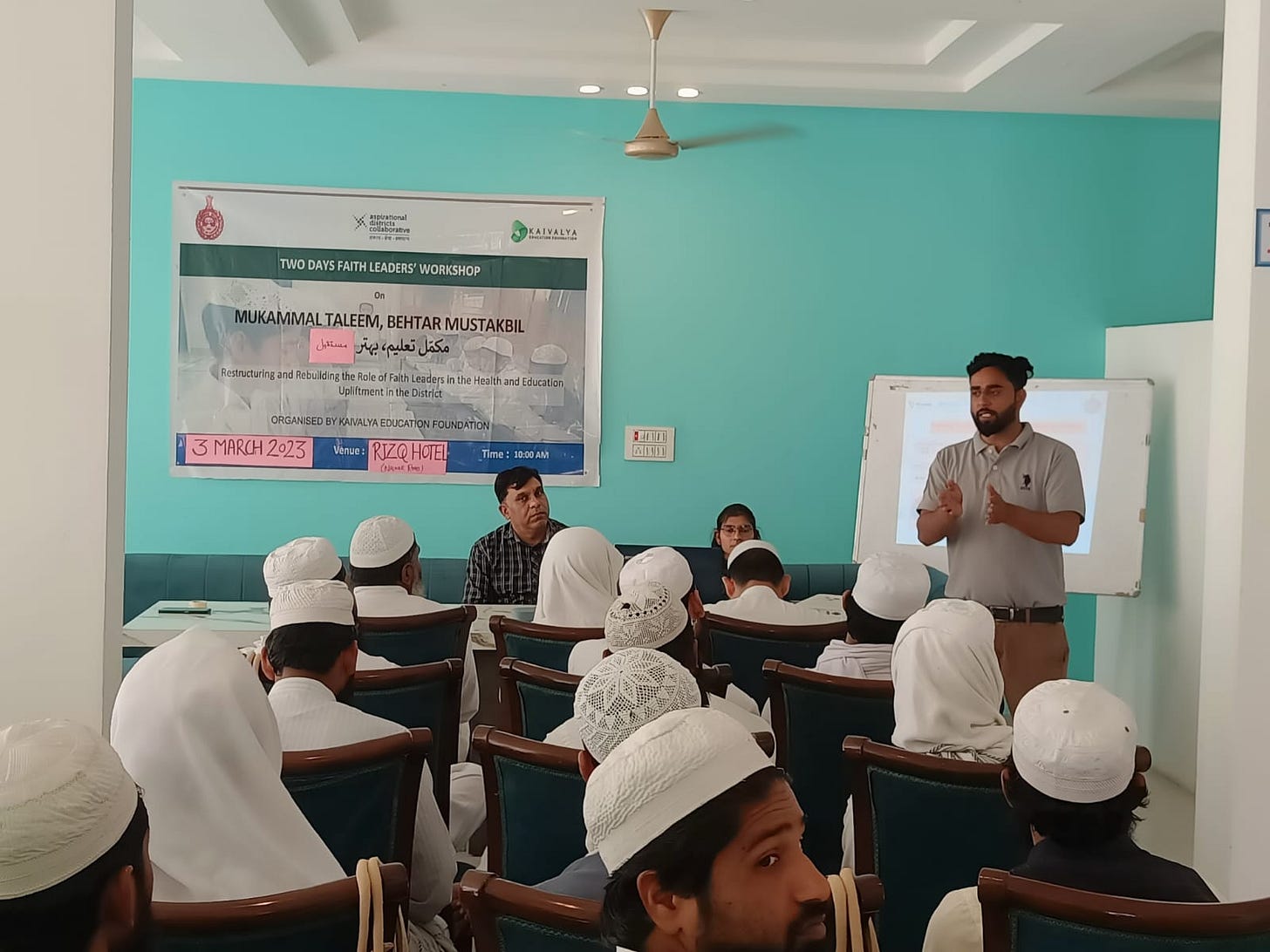
This is so great to read about. I’m involved in a scrappy education startup organization operating in Kenya and Colorado exploring how to scale - as collective impact is such a powerful approach. Thanks for highlighting this example for me to learn from.
This was very interesting to read! Thank you for sharing!